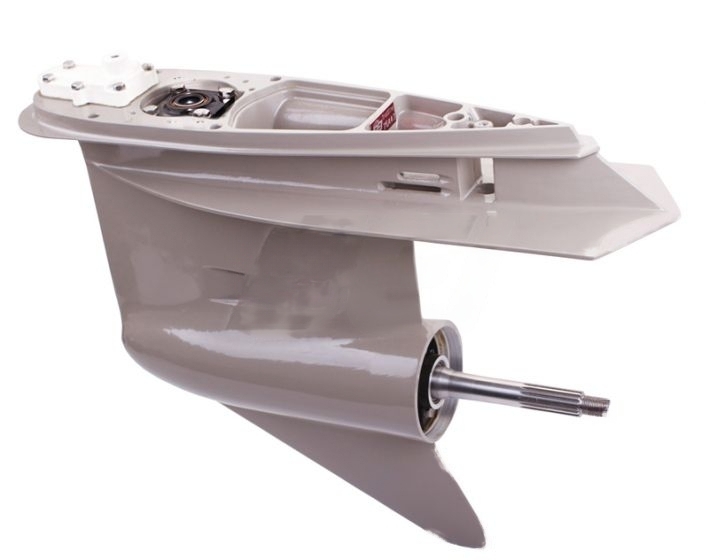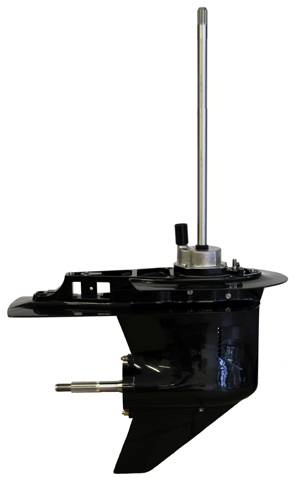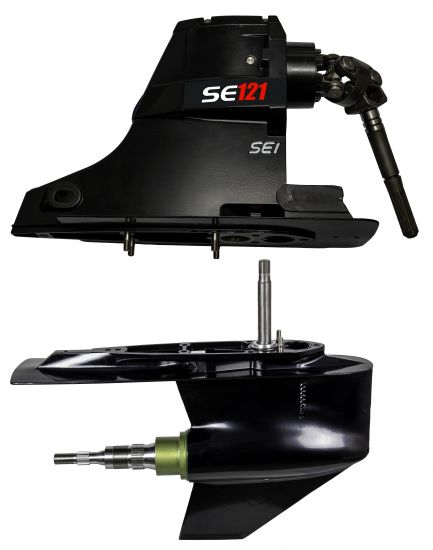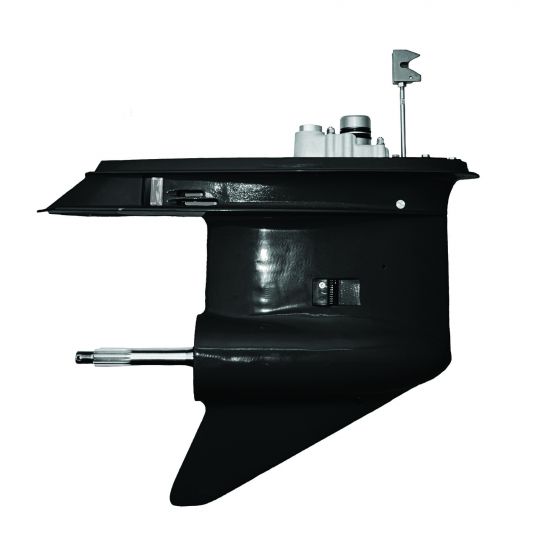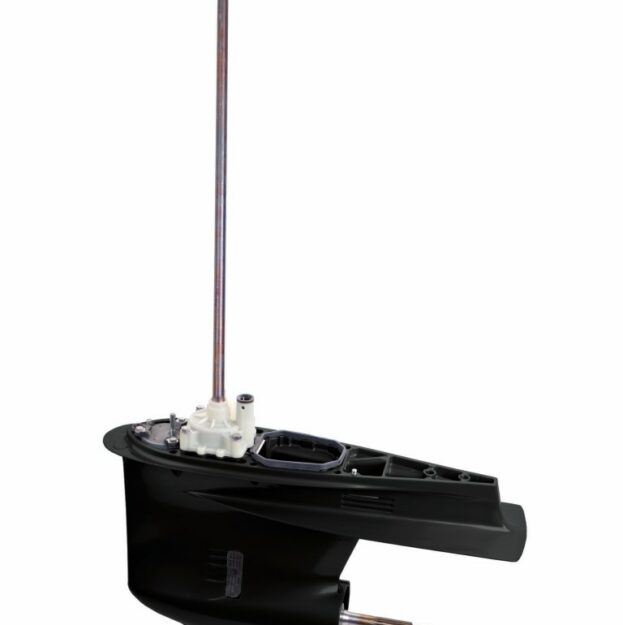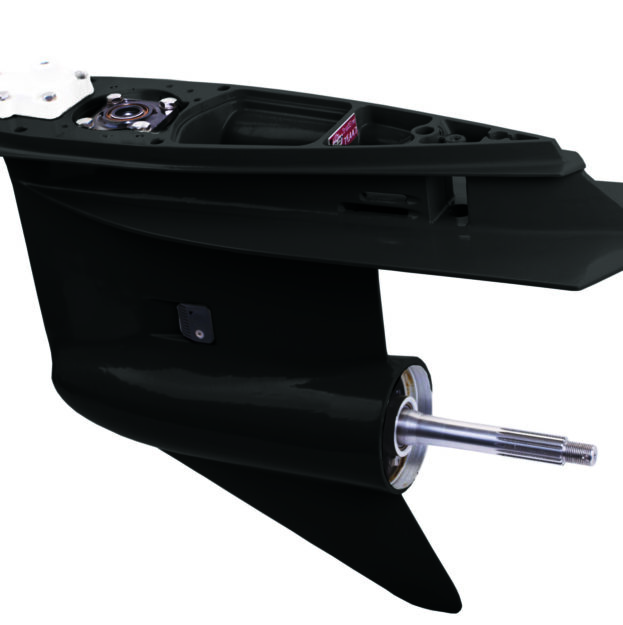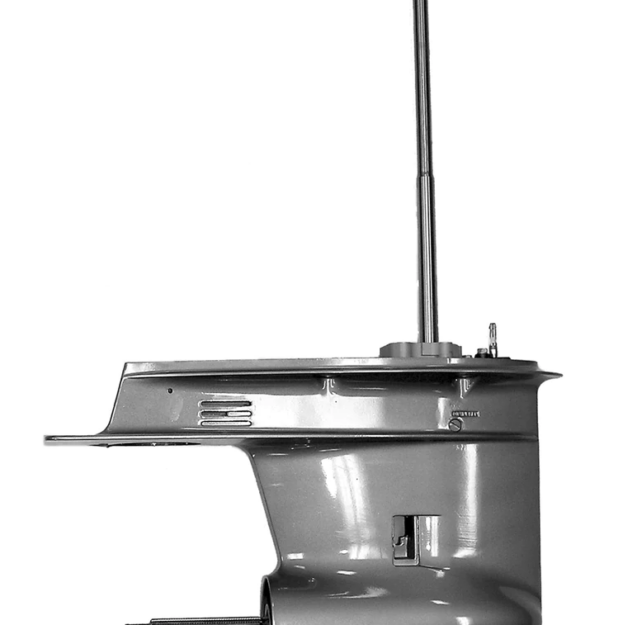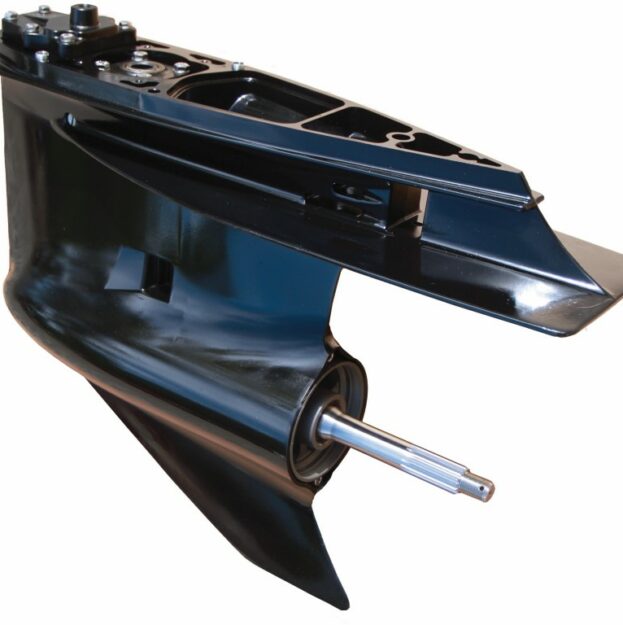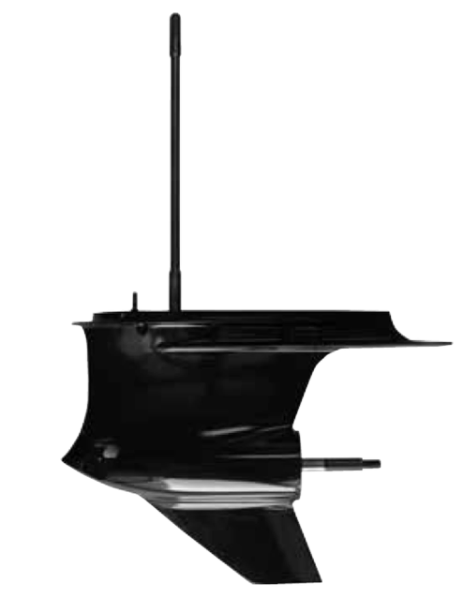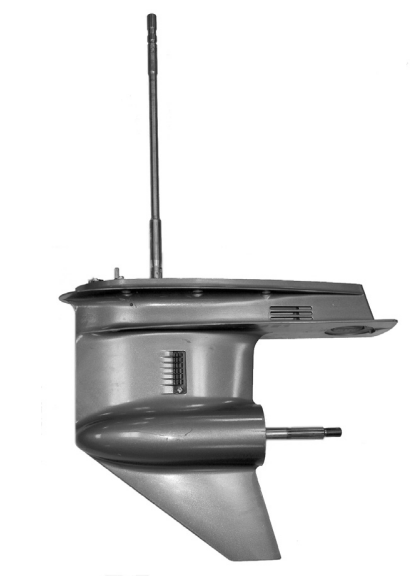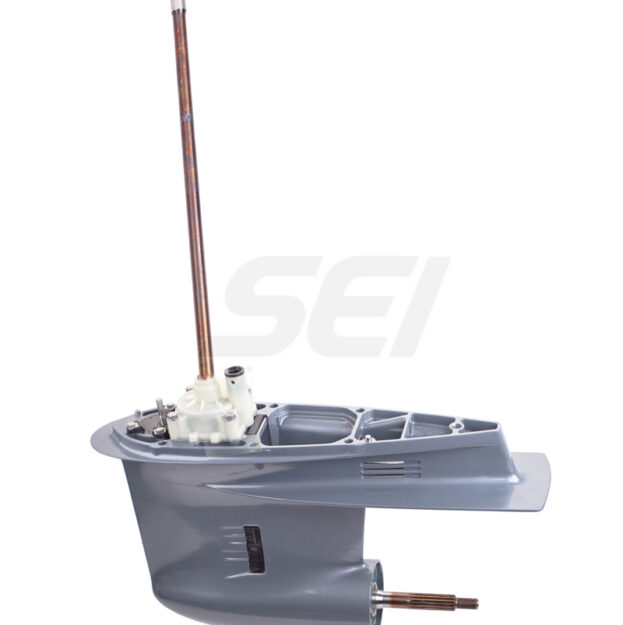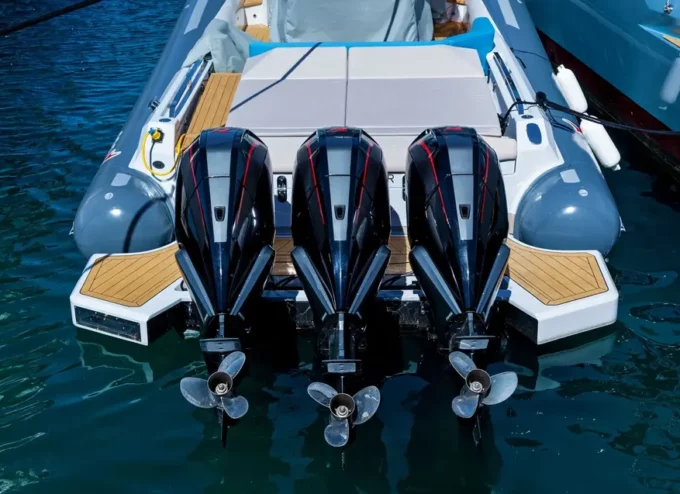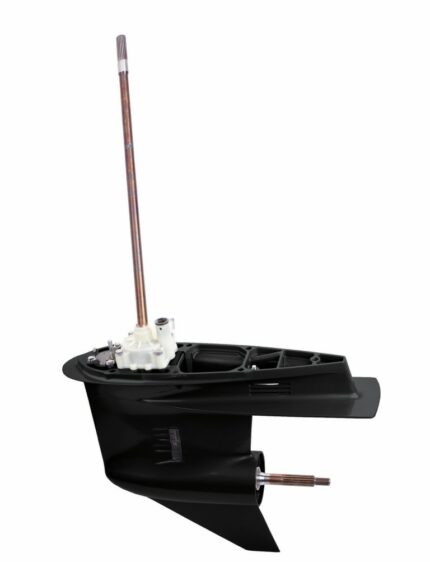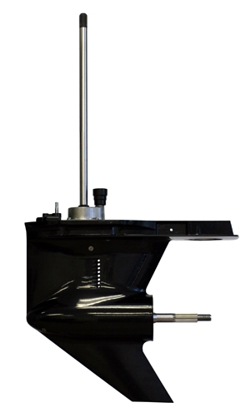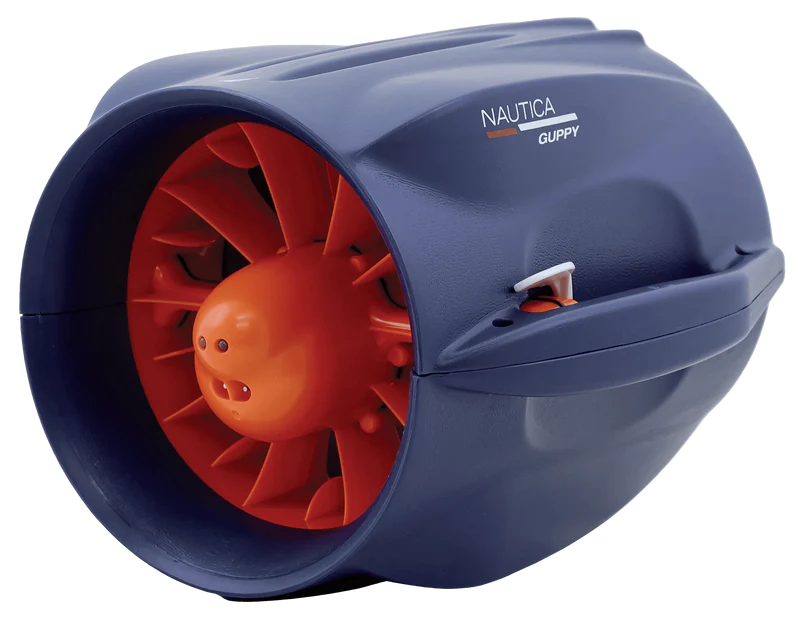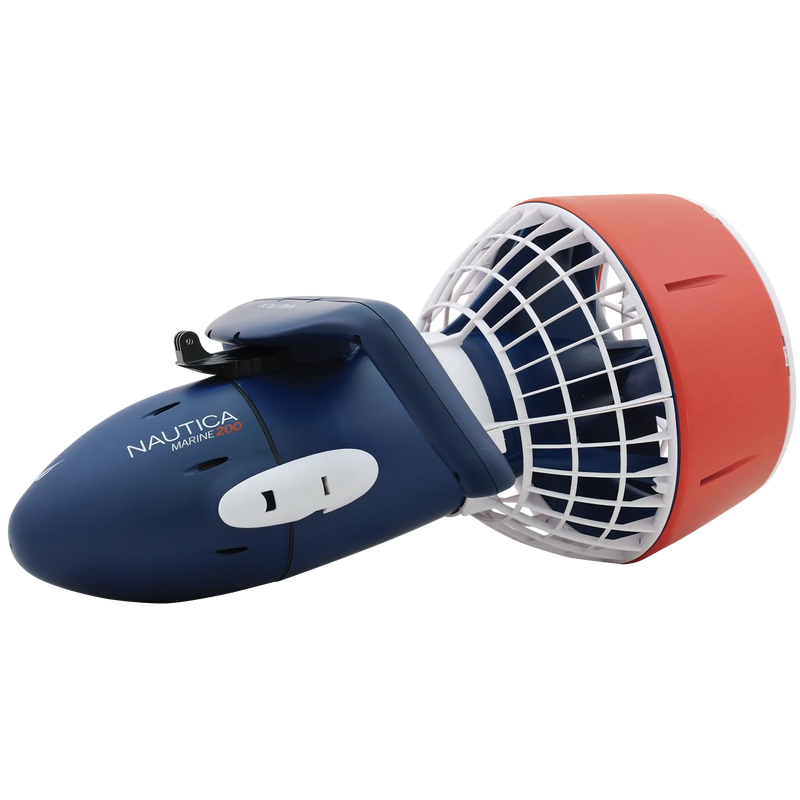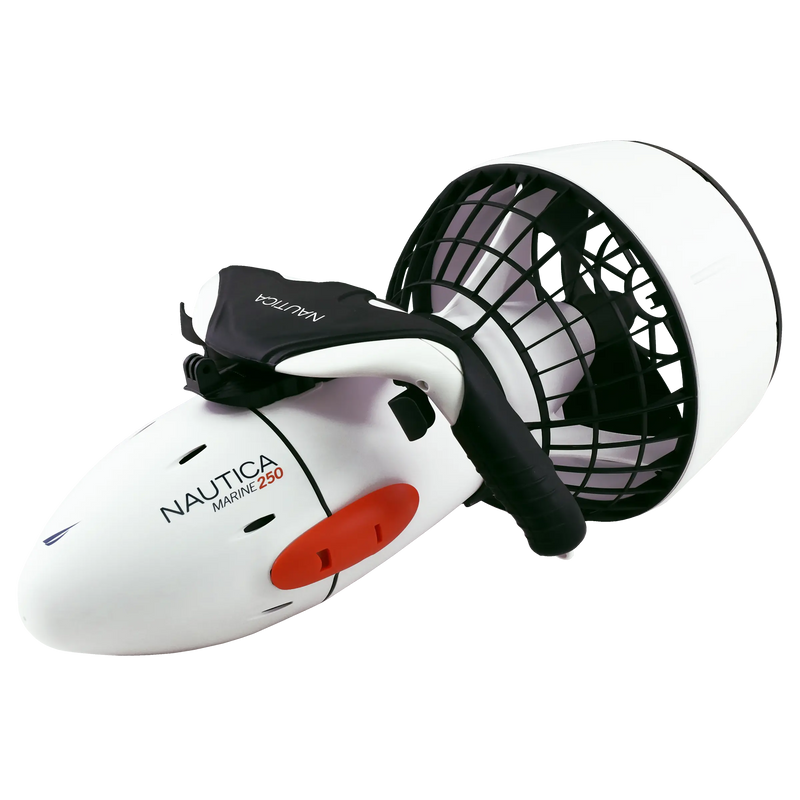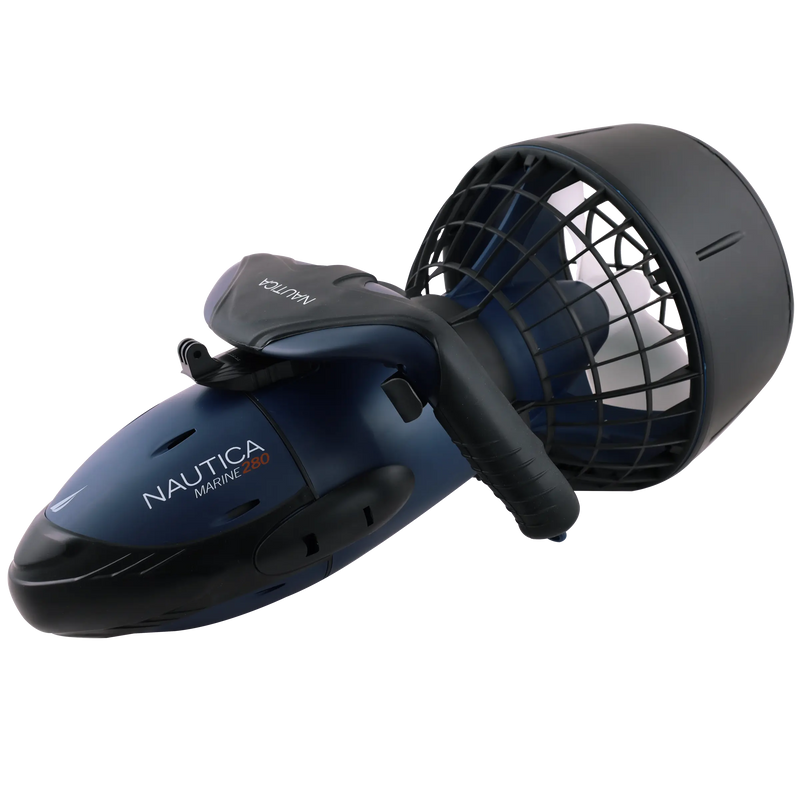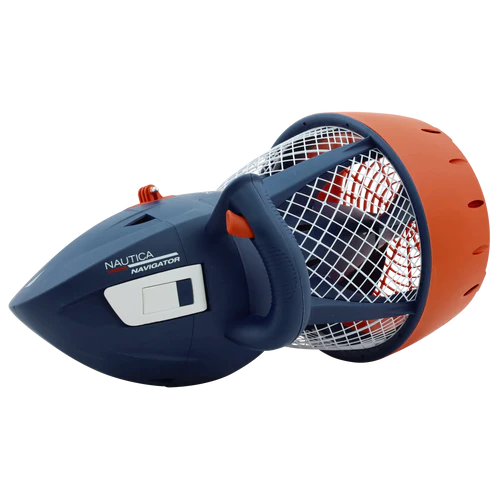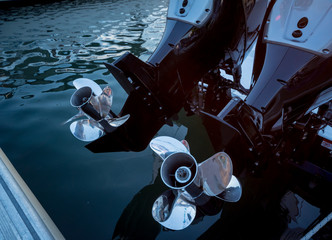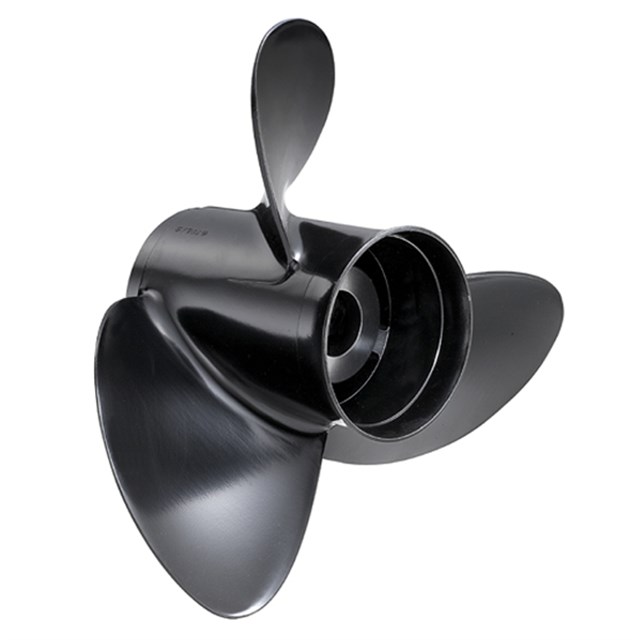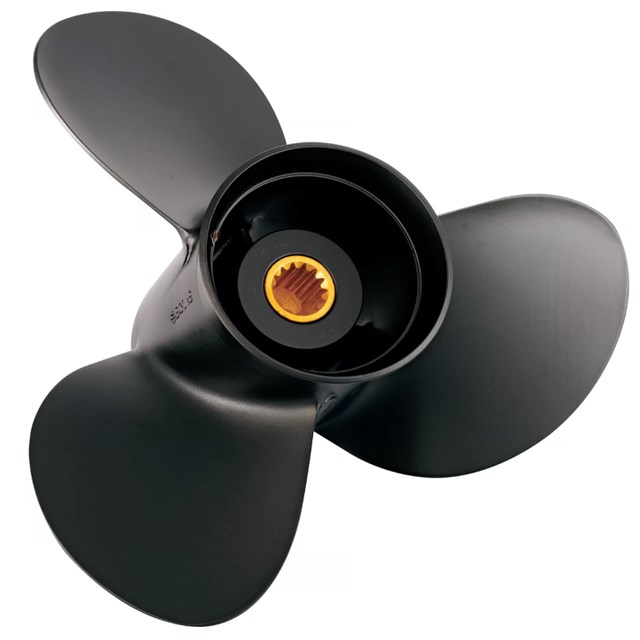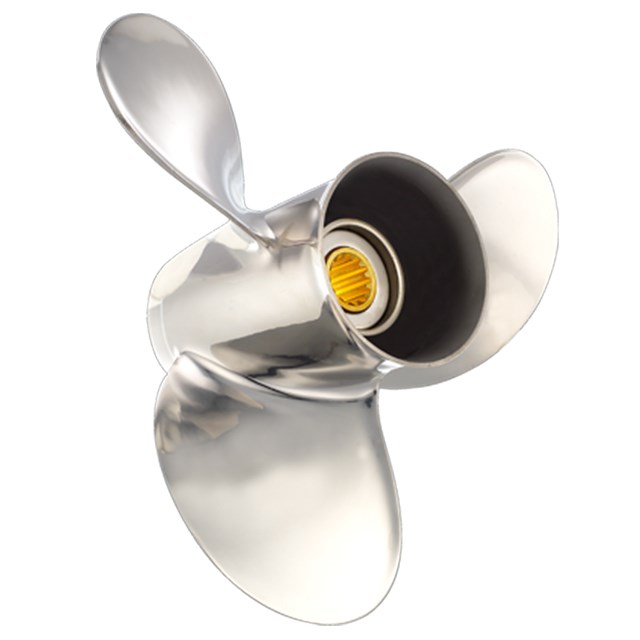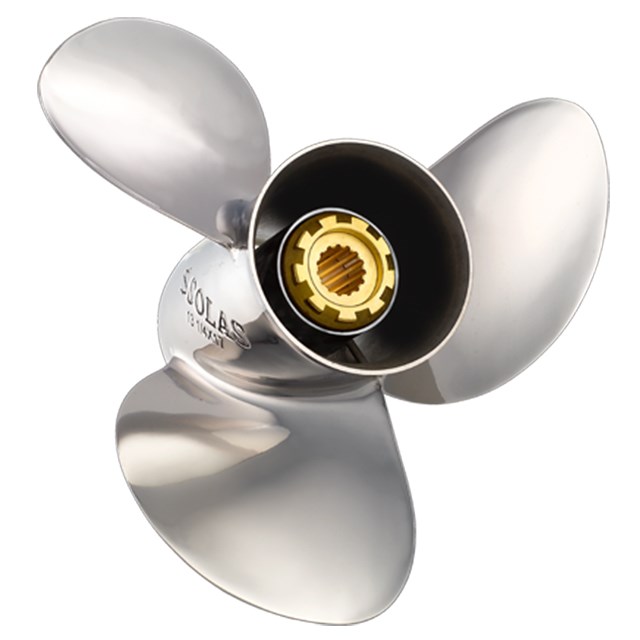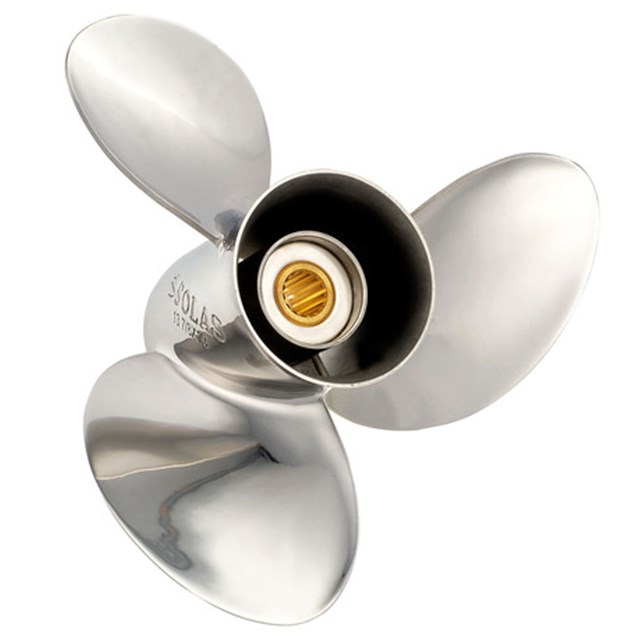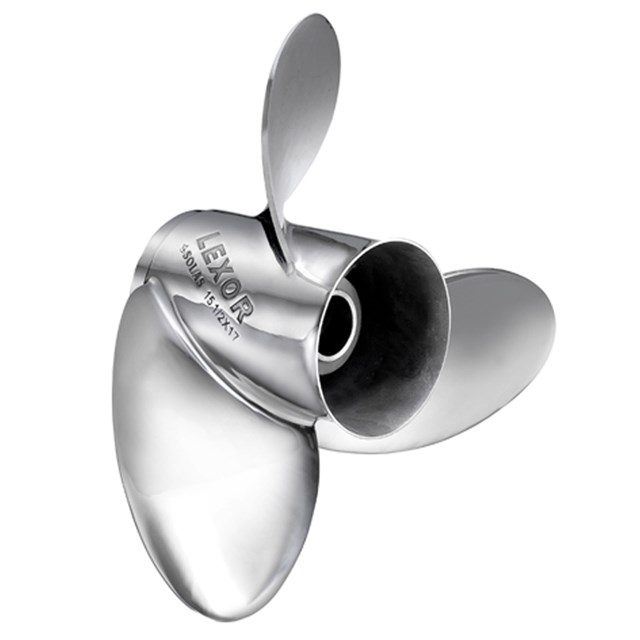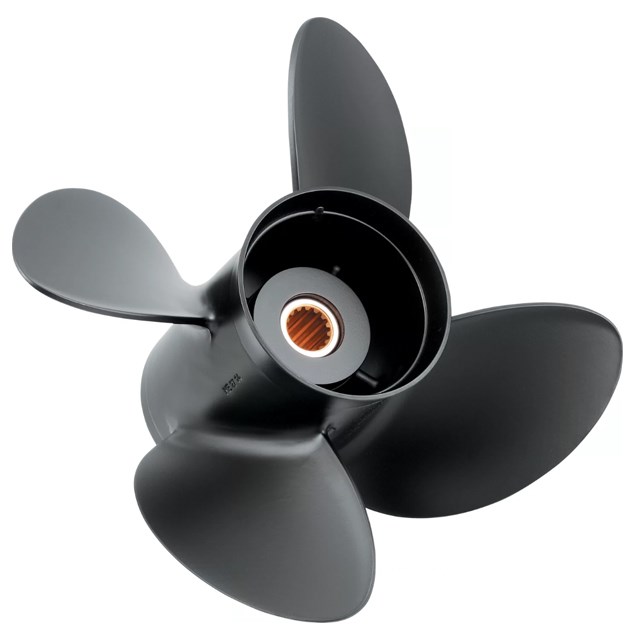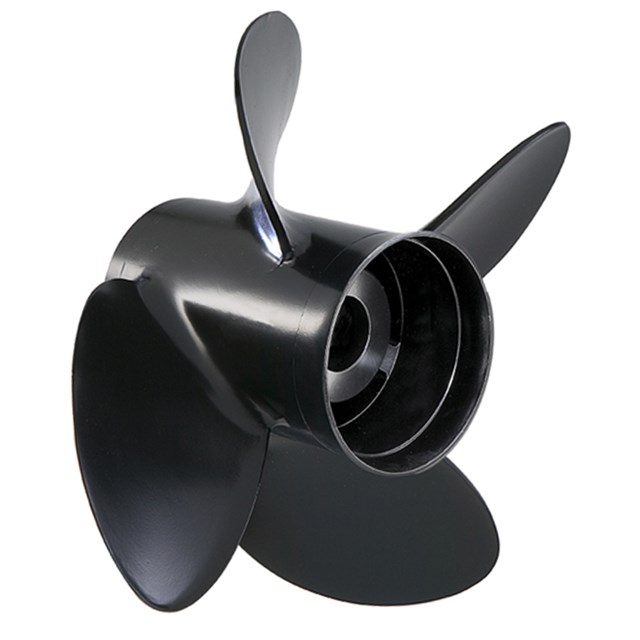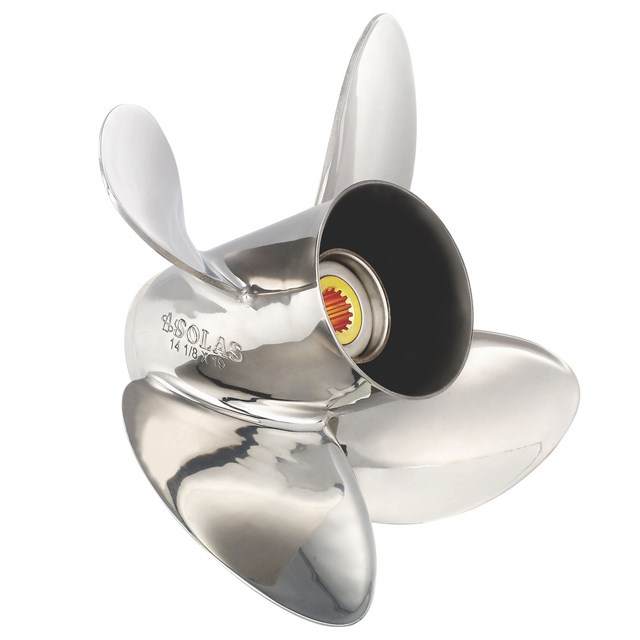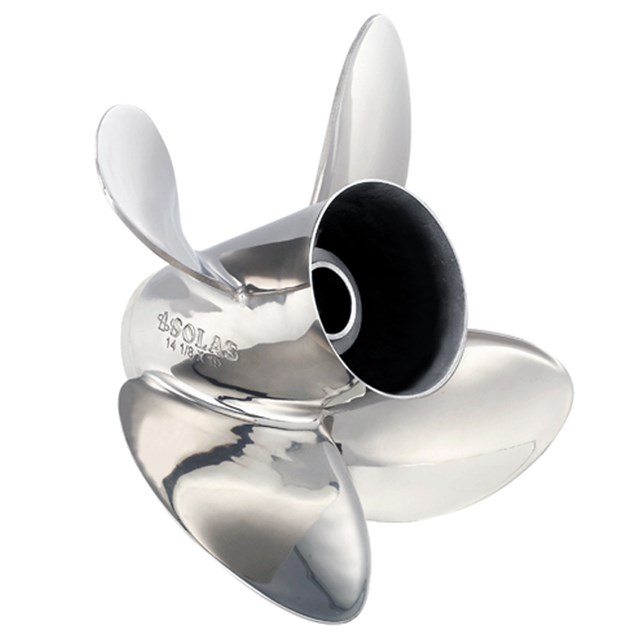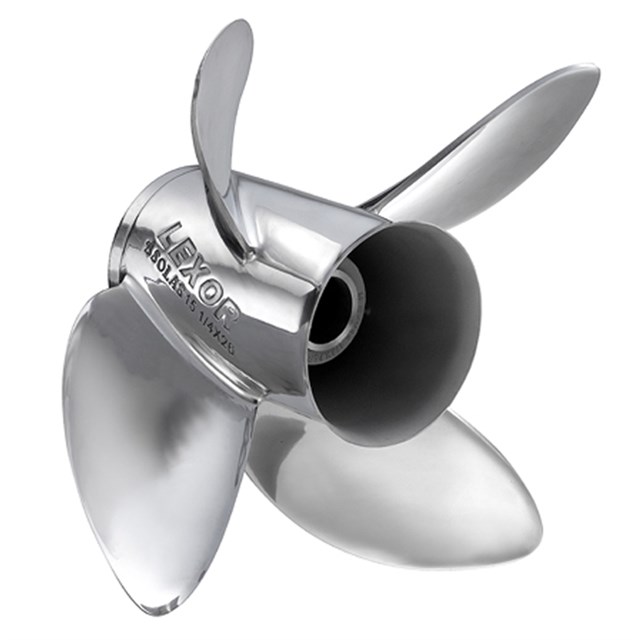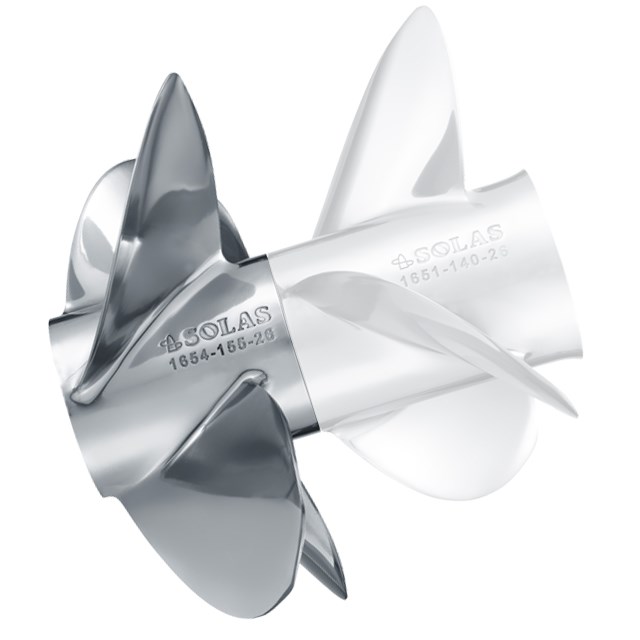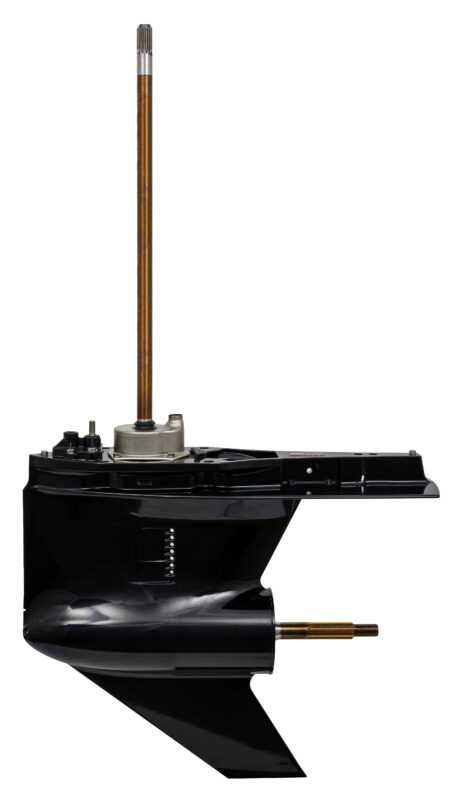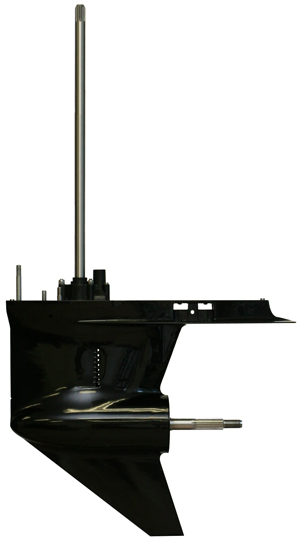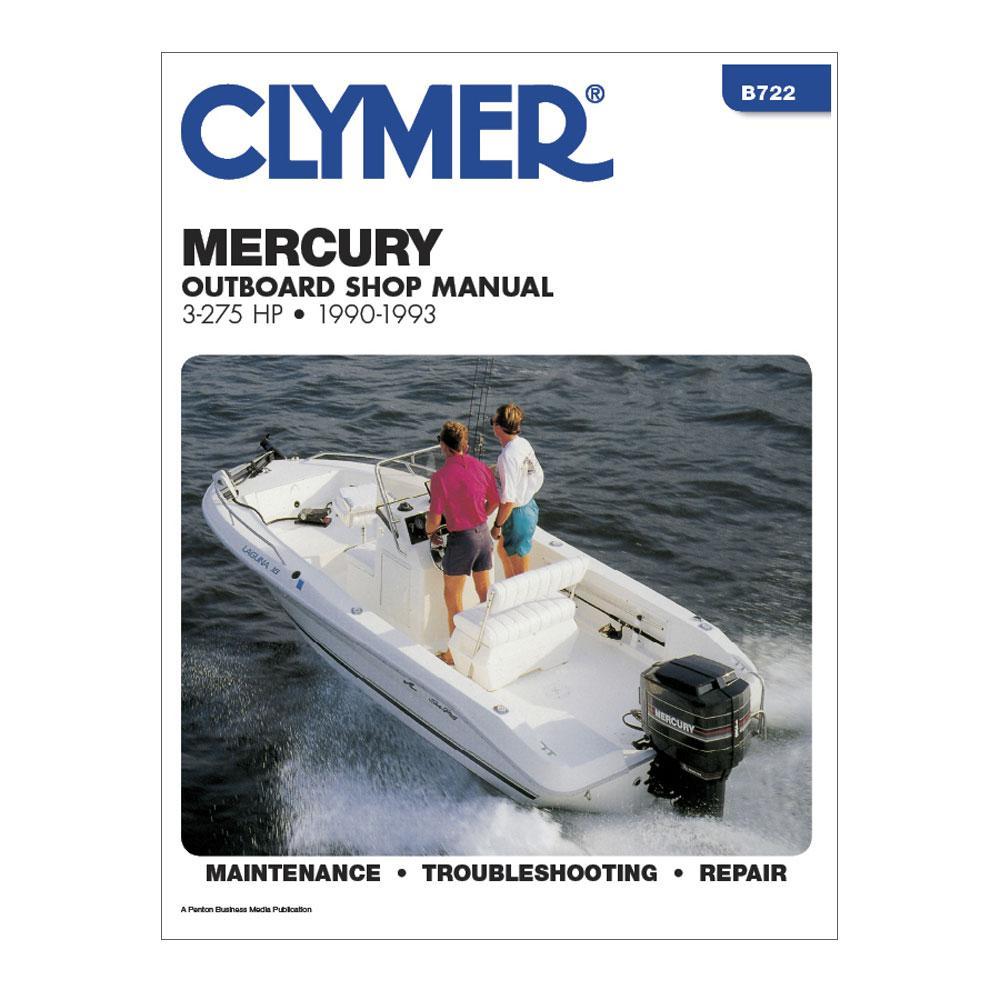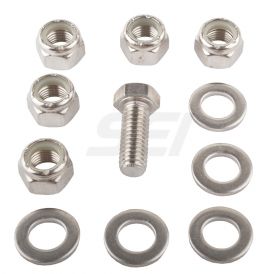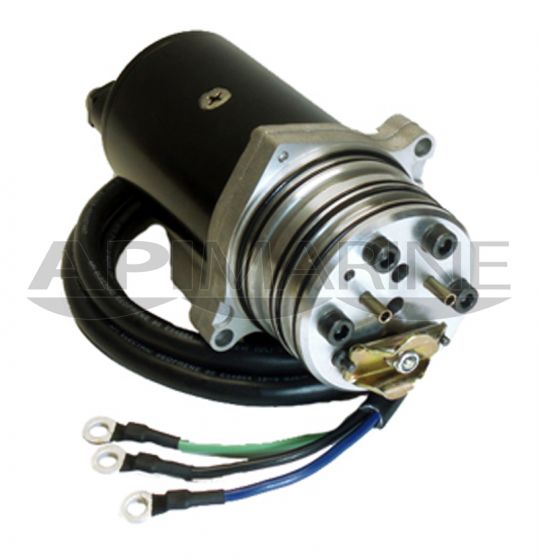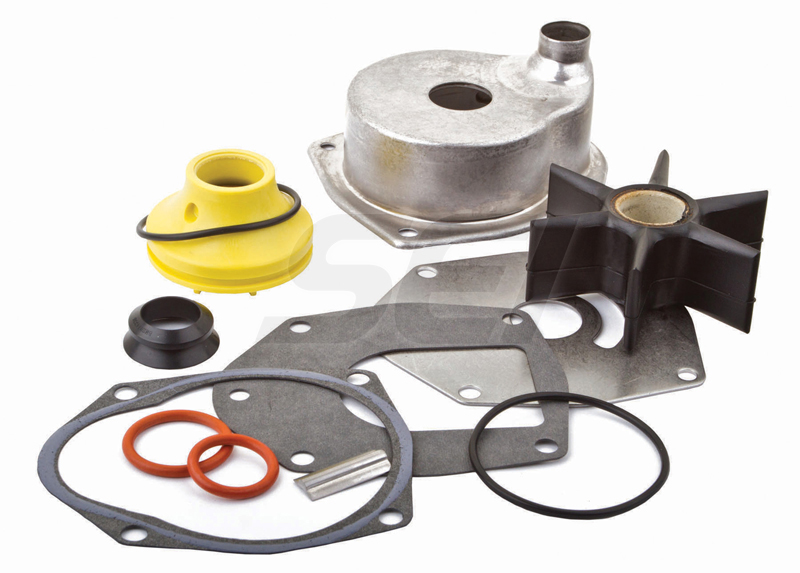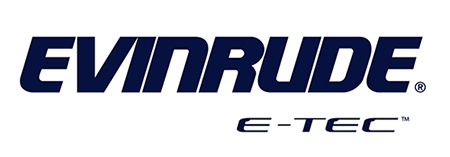Mercury 221 (Replaces Some 3.0L V6, 2.6L I6 AND 1.7L I4)
Mercury 205
Mercury 206
Mercury 216
Mercury Counter Rotation 218
The Importance of the Mercury Lower Unit
The lower unit of a Mercury outboard engine serves as the powerhouse of propulsion, translating the engine's power into forward or reverse motion. It houses a complex arrangement of gears, bearings, and seals meticulously designed to withstand the rigors of marine environments.
Key Components
Gearbox: At the heart of the lower unit lies the gearbox, where the engine's power is transferred from the driveshaft to the propeller shaft. Mercury's precision-engineered gears ensure smooth and efficient power transmission, enhancing overall performance on the water.
Driveshaft: Connected to the engine's crankshaft, the driveshaft delivers rotational power to the gearbox, initiating the propulsion process. Mercury's driveshafts are engineered for optimal strength and durability, capable of withstanding high torque loads and prolonged use.
Propeller Shaft: Extending from the gearbox to the propeller hub, the propeller shaft transfers rotational motion to the propeller, generating thrust to propel the boat forward. Mercury's propeller shafts are crafted from corrosion-resistant materials, ensuring long-lasting performance in harsh marine conditions.
Durability and Reliability
Mercury lower units are renowned for their durability and reliability, built to endure the demanding conditions of marine environments. Rigorous quality control measures and advanced manufacturing techniques ensure each unit meets Mercury's stringent standards for performance and longevity.
Maintenance and Care
Proper maintenance is essential to maximize the lifespan of a Mercury lower unit. Regular inspections, lubrication, and fluid changes are critical to prevent wear and maintain optimal performance. Additionally, prompt repairs of any leaks or damage can help avoid costly issues down the line.

